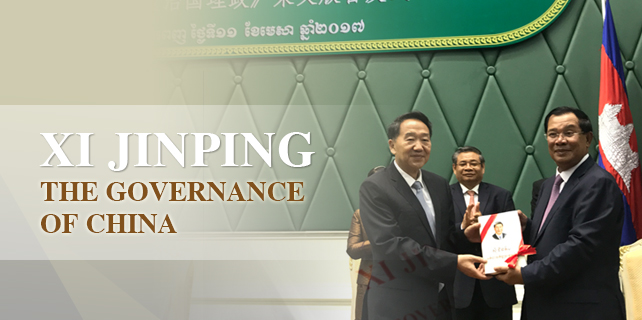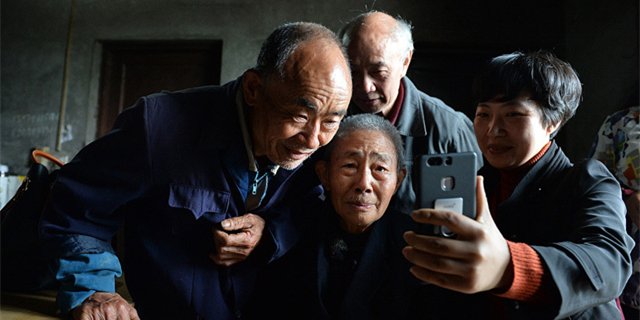China's consumer inflation steady amid firming economy
BEIJING - China's consumer inflation grew mildly in March, as stable prices reinforced the view that the world's second largest economy is firming up.
The Consumer Price Index (CPI), a main gauge of inflation, grew 0.9 percent year on year in March, the National Bureau of Statistics (NBS) announced Wednesday.
The growth rate, almost on par with market expectations, quickened from an increase of 0.8 percent in February. On a monthly basis, the CPI declined 0.3 percent.
The NBS attributed the lower CPI reading to sharply lowering food prices, which fell 1.9 percent in March. Vegetable prices dropped the most, by 7.9 percent from February.
Food prices continued to drop substantially in March after price distortions created by the festival season faded. Food prices surged 27 percent in January when the festival shopping spree drove up prices.
Non-food costs rose 2.3 percent year on year, with the rate 0.1 percentage points higher than a month earlier. The costs of garments, healthcare, housing and education, entertainment and transport rose remarkably.
Excluding volatile food and energy prices, the core CPI increased 2 percent in March from a year ago, almost on par with the last reading.
China's producer price index, which measures costs of goods at the factory gate, rose 7.6 percent year on year in March. The pace slightly eased from the 7.8 percent registered in February.
Producer price inflation cooled after five months of fast increases as iron ore and coal prices eased on fears of a production glut.
"The CPI may stay muted in the near term, as agricultural supply side reform may continue to depress food prices and the headline CPI until the fourth quarter, which lowers the probability of aggressive monetary tightening, " said China International Capital Corporation in a research note.
"Looking forward, commodity prices are difficult to predict, but a continued slide would push the PPI further off its peak," said Tom Orlik, chief Asia economist at Bloomberg. "The People's Bank of China will look for opportunities to continue nudging market rates higher. But that reflects more the need to lean against the yuan's weakness as the Federal Reserve tightens, and tamp down leverage, than concern about inflation overheating."
China's economy has shown signs of firming, reinforced by an expanding manufacturing sector, rising corporate profits, increased rail freight volume, and higher machinery sales.
The central bank has vowed to pursue a "prudent and neutral" monetary policy in 2017, promising better adjustments to ensure stable liquidity.
The upbeat data and the recent US interest rate hike has prompted the PBOC to tilt toward tightening in the near term. The bank skipped open market operations of reverse repos Tuesday, for the fifth consecutive business day, siphoning liquidity from the market.
China lowered its 2017 growth target to around 6.5 percent, the lowest target in a quarter of a century, as the government leaves leeway for economic rebalancing.
Goldman Sachs forecast in its report that the Chinese economy was likely to remain solid in the first quarter, growing 6.8 percent from a year earlier.









